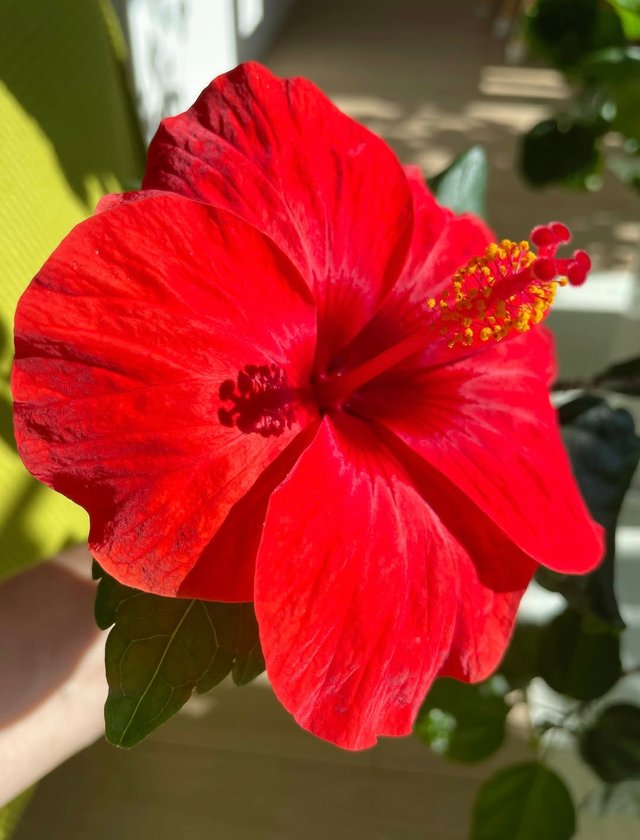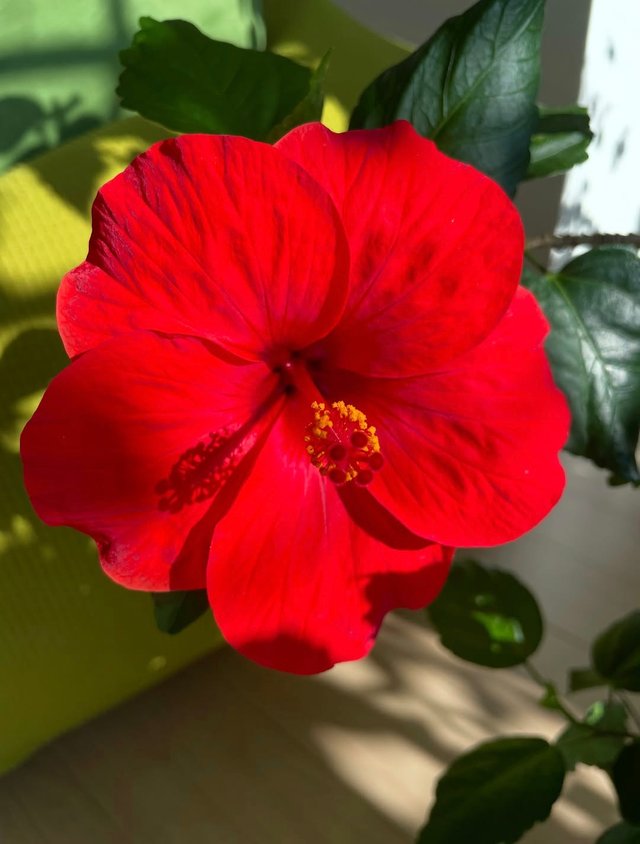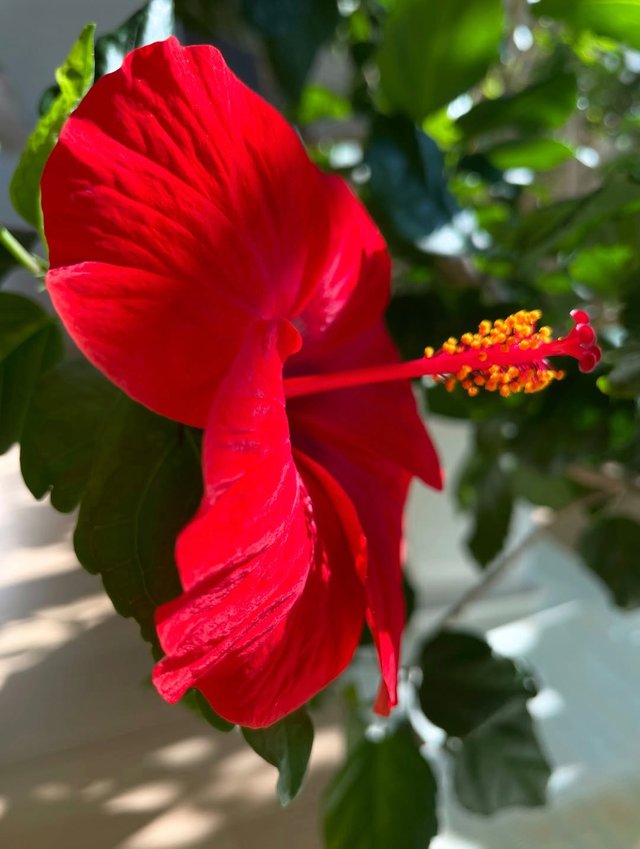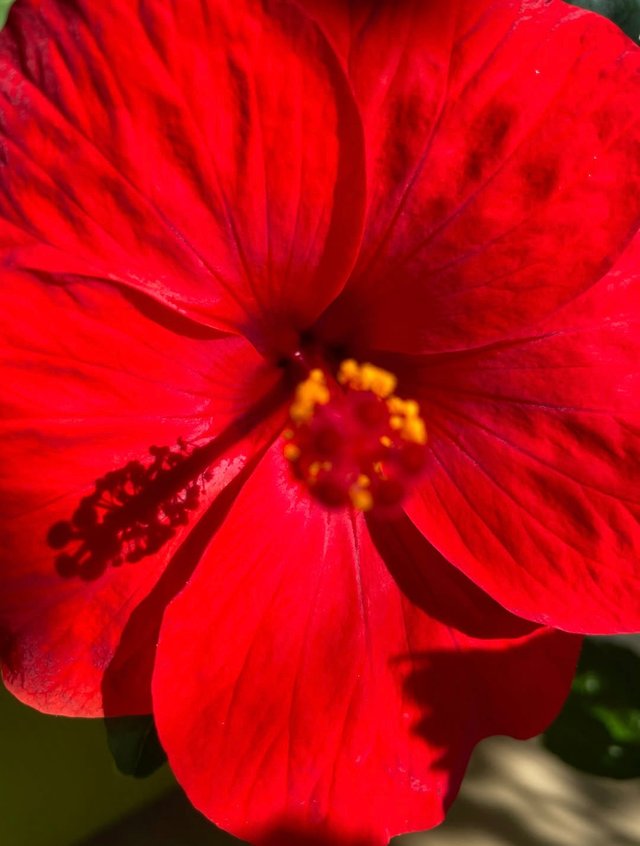Red Hibiscus Flower: Nature’s Bold Beauty
The Red Hibiscus flower is one of the most iconic and beloved blooms across the world, admired for its vibrant color, elegant shape, and cultural significance. Scientifically known as Hibiscus rosa-sinensis, this tropical flower is more than just a feast for the eyes—it holds medicinal, spiritual, and ecological value as well.
The red hibiscus is easily recognizable thanks to its large, trumpet-shaped petals and striking scarlet hue. Its petals are soft and delicate, radiating outward from a prominent central stamen tipped with bright yellow anthers. Each flower typically has five petals, although some varieties may have more, especially hybrids.The red hibiscus is native to East Asia, but it has spread throughout tropical and subtropical regions of the world. It thrives in warm, sunny environments with well-drained soil and regular moisture.Hibiscus plants are pollinator-friendly, attracting bees, butterflies, and hummingbirds. The bright red flowers act as visual beacons for these creatures, ensuring pollination and helping maintain local biodiversity.
Red hibiscus isn’t just beautiful—it’s also medicinal.Hibiscus tea, made from dried petals, is rich in antioxidants and believed to help lower blood pressure, support liver health, and aid digestion.Crushed hibiscus leaves and petals are used to treat skin problems, promote hair growth, and cool fevers.Hibiscus is sometimes used as a natural dye due to its vibrant color.Always consult a healthcare provider before using hibiscus therapeutically, especially if pregnant or taking medication.Though not endangered, some wild hibiscus species are under threat due to habitat loss and climate change. As we appreciate its beauty, it's also important to support sustainable gardening practices and protect the ecosystems where these flowers grow naturally.



